|
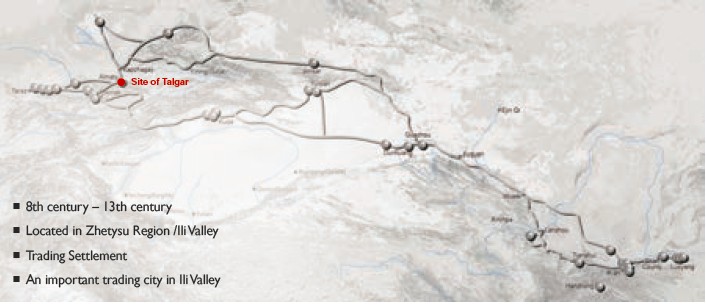
(1) Contribution to the Silk Roads' OUV
The artifacts found in Talgar confirm the
medieval trade links with other countries. The import production from China,
Iran, India, and Japan was brought to the city by the Silk Roads route. There
are collections of inscriptions on ceramics, stone and metal crafts in ancient
Turkic, Orkhon alphabet, Chinese and Kidan languages, and Arabic inscriptions. Talgar
is identified with the medieval town Talhiz reported by an anonymous Persian
source of the 10th century "Hudud al-Alam". The medieval
geographer wrote about Talgar: "Its citizens are warlike, brave and valorous".
(2) General Information
Talgar settlement is located on the
southern edge of Talgar, on the right bank of Talgar river, at the entrance to
the gorge. The settlement represents a rectangular plot surrounded by a wall
with towers at the corners and perimeter, and now is a slipped down rampart.
Around the rampart there are traces of the ditch. The central part of the monument
is a somewhat elevated above the total surface area, the corners oriented to
the cardinal points. The size of its sides are: the northeastern - 300 m,
northwestern –
298 m, southwestern – 280 m, southeastern
– 302 m. The settlement is surrounded by a high defensive rampart, which
a large part is already destroyed. Maximum height of the rampart in the
southeastern corner is 4 m, the smallest one in the western part is about 1 m.
On the perimeter of the ramparts there were located round towers at a distance
of 20, 22, 30 meters from each other. From the southwestern side the settlement
is fortified by the second outer rampart. Entrances are located opposite to
each other in the middle of the wall. The streets that connect them divide the
settlement into four parts. This is clearly evident in the current topography
of the monument.
During the excavations there were cleared
cobbled streets, houses, grounds of yurts. Area of the town is 28 ha (9 hectares
are surrounded by the walls). Around the central fortified part (citadel) of
the settlement, on the area of about 20 hectares, there are traces of estate
construction, the street network and remains of the irrigation system. Excavations
revealed urbanized areas, neighborhoods, street network within the building and
beyond, consisting of quarterly unit and combining 6 to 12 houses, connected by
inner streets. The northwestern part of the citadel is completely flat, in the
southeast there are many oval mounds elongated in plan, in height of 0.5-1 m. The
street that connects the northwestern and southeastern gates of the city is
destroyed, at present these entrances are connected to the modern road that
crosses the settlement. Highway streets were paved with cobblestone, where came
out trade stores. In the northeastern part of the city, near the northern gate
of the city, the excavation revealed a complex of buildings, consisting of residential
and business premises, a corridor and iwan. Also was revealed the character of
urban dwelling - planning, interior and exterior, building materials. The
peculiarities of Talgar dwellings concludes in the presence in the houses a
large courtyard with outbuildings for livestock and remains of the yurt grounds
that were used as living quarters in the summer time. Findings of the
settlement are represented by pottery, bronze and iron articles. There are
fragments of glass and porcelain.
(3) Attributes
Long-term studies of medieval Talgar
allowed the scientists to collect and analyse a large stratum of material,
indicating an outstanding interchange of human values. The discovery suggests
the existence of artifacts in several religious communities: Christian,
Buddhist, Manichean, and Islamic. As an example, the find statues of Buddha
sitting in ivory, a large number of pottery and bronze, richly decorated with
inscriptions in Arabic, and the benevolent nature of the Koran, a ceramic lamp
featuring crosses, copper cross-suspension, as well as terracotta figurines of
animals indirectly indicating the existence of Shamanism in an urban
environment, along with the listed religious trends. On the territory of Talgar
was found a large number of articles describing the city as one of the key
centers of trade between the Far and Middle East, as well as throughout Central
Asia. The objects of the Middle East imports include such products as Chinese
ivory chopsticks. Findings constitute an important collection of imported
pottery and porcelain with traditional Chinese imports topic. A subject of
interest is a piece of earthenware bowl. Judging by the opinion of experts from
China and Japan, the bowl was made in Japan in the 12th – early 13th
century. Among the Chinese and Qidan products there are products with
hieroglyphic inscriptions. In the import of the Middle East and China an
important role plays a bronze mirror, the other side of which is decorated with
typical motifs of the regional production. Numerous brass and bronze art
products – import – shows Talgar’s connection with the Iran-Caucasian and Central Asian centers and
dates back to the 11th – early 13th century. As the export these products were brought to
the Eastern Europe. During the excavation of Talgar was found series of things,
the origin of which is undoubtedly related to India and demonstrates another
direction in trade and cultural links. To these findings refer chess pieces
made of ivory.
To ensure the safety of trade, as well as
the city's population, Talgar was surrounded by a wall and perimeter towers
from four sides. The internal layout and improvement: four entry, located in
the central part of the walls, connected by cobbled main streets which divided
the territory of the settlement into four equal parts; dispensation of trade
premises of iwan type with the location of the open side to the street, a water
pipeline – all this is an evidence of the maintenance system of trade in
Talgar. Talgar isknown as a center of blacksmith. Development of iron industry
and blacksmith was one of the main attractions for the merchants to Talgar and
strengthening trade relations between the regions. Revealing the fact of
production of cast iron and damask steel by medieval steel-workers of Talgar
reflects not only the high technological skills, but also the region's links
with the Jurchens (Far East). The principle of combining housing with a
yard-pen, typical for the nomads transiting to a settled life, suggests that
the medieval tradition of the nomadic way of life preserved in the settled and
urban spheres of the Ili Valley. It also confirms the fact of the combination
of the stationary housing and yurts. The study of medieval dwellings of Talgar
allows us to trace the processes of formation of permanent settlements and
cities in areas with a predominantly pastoral direction of the economy. The architecture
and construction are marked with original features, in many ways defined by
local building materials, climate and the dynamics of economical development: a
widespread use of stone in construction due to the abundance of this material;
harsh climate forced to deepen housing in the ground, and a large yard is due
to a high proportion of cattle breeding in the farm of Talgar residents. Probably
the irrigation for the 8th – 10th centuries based on the use of fast mountain rivers by means of
output the channels and devices of the headworks.
Highway Western Europe-Western China lies
in immediate proximity to Talgar microregion. This fact is irrefutable evidence
that the transcontinental route has exactly the same direction of the Tian Shan
Corridor of ancient Silk Roads. 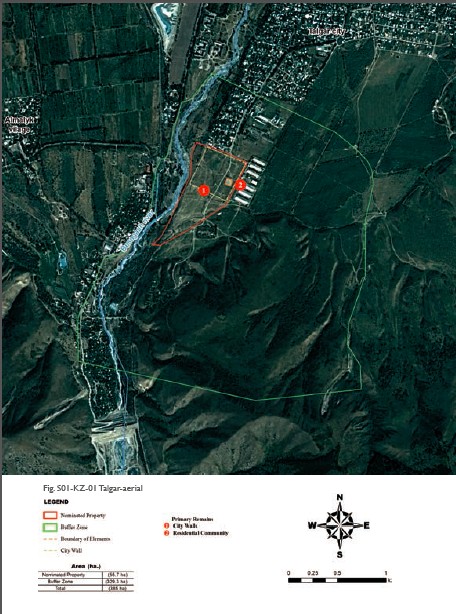
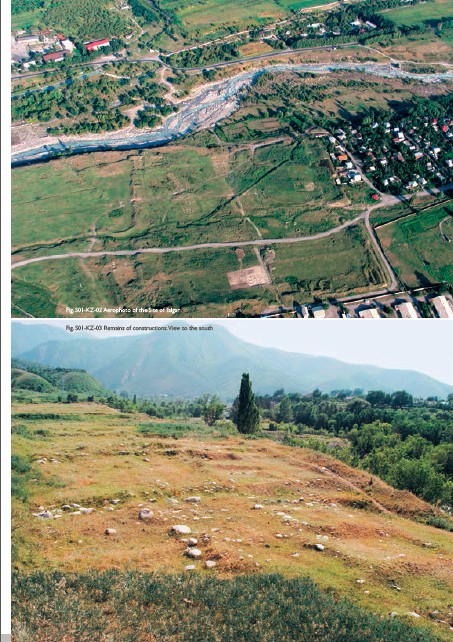
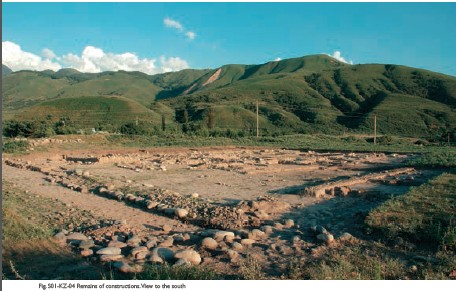
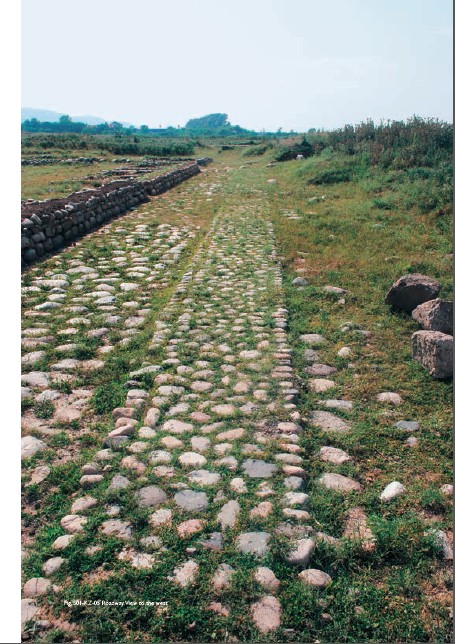
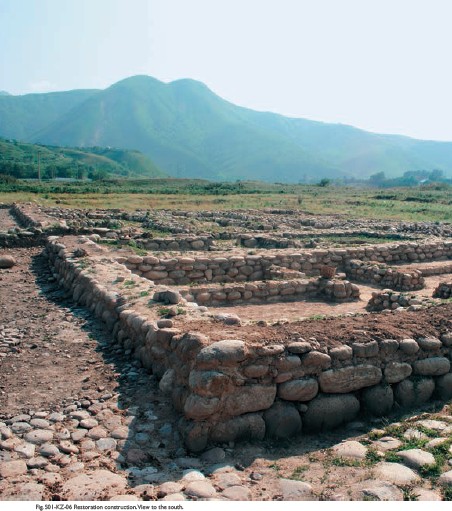
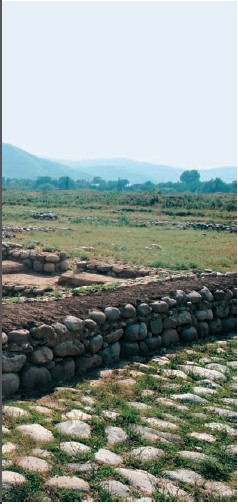
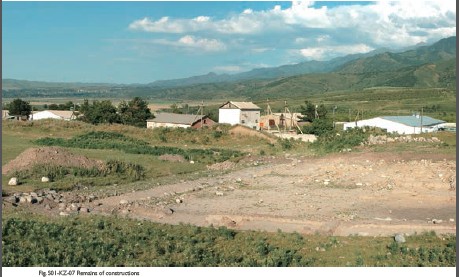
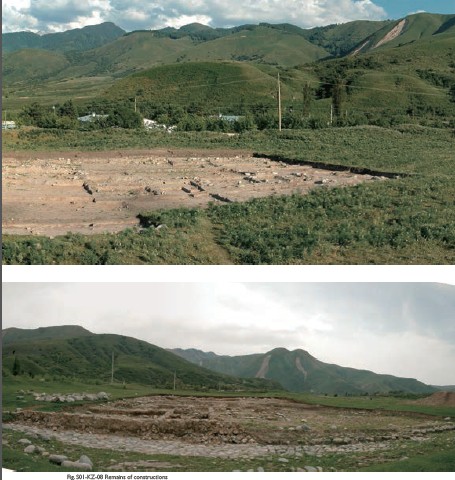
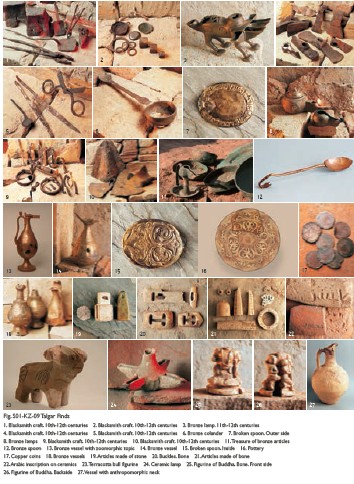
|  |Archiver|小黑屋|丝路遗产丝绸之路:长安天山廊道的路网
( 陕ICP备07011065号-3 )
|Archiver|小黑屋|丝路遗产丝绸之路:长安天山廊道的路网
( 陕ICP备07011065号-3 )